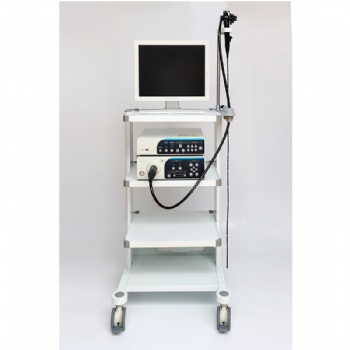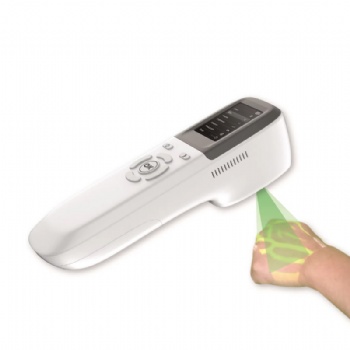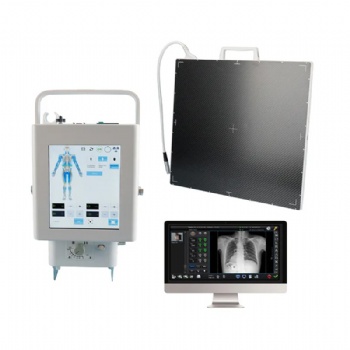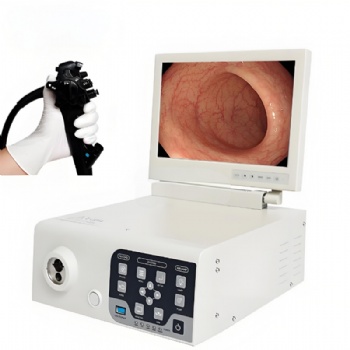News
What are the types of endoscopy?
There are many types of endoscopy procedures. But they all work in the same basic way. A healthcare provider gently inserts a scope into a body opening or small incision. The scope allows them direct access to parts of your body they need to examine or treat.
Key differences include:
The procedure name.
The name usually reflects the organ your provider is checking. For example, a “colonoscopy” is an endoscopy that examines your colon.
The type of scope.
The name usually reflects the organ, too. So the endoscope used for a colonoscopy is called a colonoscope. Endoscopes differ depending on the tasks they help your provider complete. Some are flexible, while others are rigid. Some have channels inside that hold tools that can remove tissue, seal wounds or perform other treatments.
The procedure specifics, including the body parts your provider is examining and where the scope goes in, are different, too.
Anoscopy: Scope goes through your anus (butthole) to look at your anus and rectum.
Arthroscopy: Scope goes through an incision above your joint to look for damage or conditions like arthritis.
Bronchoscopy: Scope goes through your mouth or nostril to look at your trachea (windpipe) and lungs.
Colonoscopy: Scope goes through your anus to look at your entire large intestine (colon).
Cystoscopy: Scope goes through your urethra (the tube that allows pee out of your body) to look at it and your bladder.
Enteroscopy: Scope goes through your mouth (for upper enteroscopy) or your anus (for lower enteroscopy) to look at your small intestine.
Esophagogastroduodenoscopy (EGD) or upper endoscopy: Scope goes through your mouth to look at your esophagus, stomach and the upper part of your small intestine.
Hysteroscopy: Scope goes through your vagina to look at your uterus.
Laparoscopy: Scope goes through an incision in your abdomen to look at your abdominal and reproductive organs.
Laryngoscopy: Scope goes through your mouth or nostril to look at your voice box (larynx).
Mediastinoscopy: Scope goes through an incision above your breast bone to look at the area between your lungs that includes your heart, esophagus and windpipe (mediastinum).
Neuroendoscopy: Scope goes through an incision in your skull to look at your brain.
Proctoscopy (rigid sigmoidoscopy): Scope goes through your anus to look at your anus and rectum.
Sigmoidoscopy (flexible sigmoidoscopy): Scope goes through your anus to look at the lower part of your colon (called the sigmoid) and your rectum.
Thoracoscopy (also called a pleuroscopy): Scope goes through an incision in your chest to look at your lungs and the area around your lungs, including your diaphragm, esophagus and chest walls.
Ureteroscopy: Scope goes through your urethra to look at the tubes that connect your kidneys to your bladder (ureters).
Categories
Contact Us
- +86-18018467613
- +86-13357930108
- info@82tech.com




